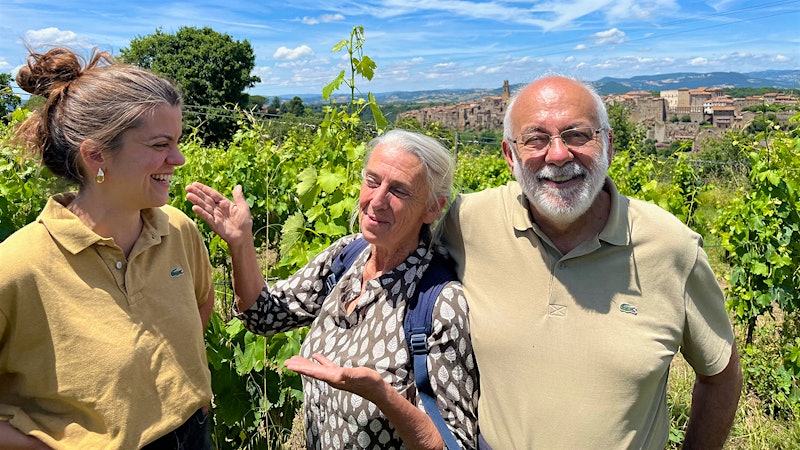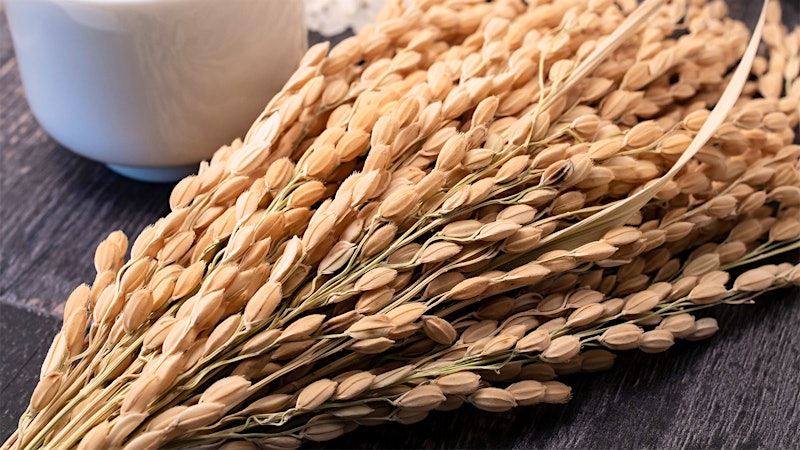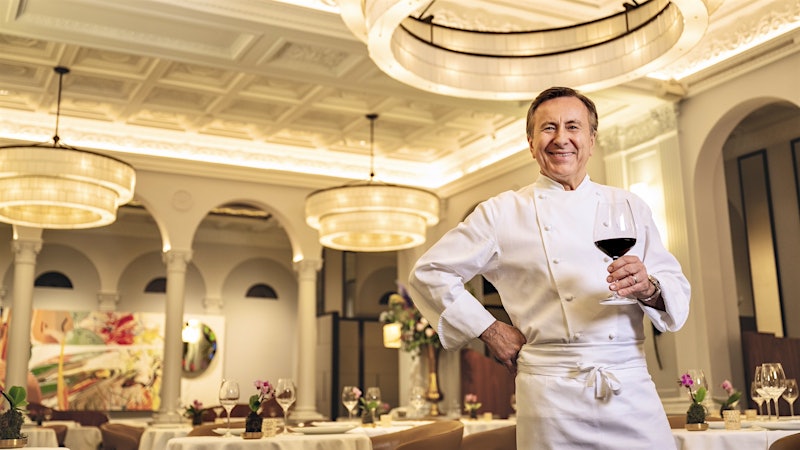In the world of Italian wine, a “cooperative” winery can be a dirty word.
Not that there’s anything wrong with a group of area grapegrowers banding together to make, sell and market wine. It’s just that many a big cooperative (cantine sociale) is known for making cheap, commoditized wines on an industrial scale.
But it’s not always like that. Some smaller, stellar cooperatives have greatly improved local vino; many of the best are concentrated way up north in Italy’s German-speaking Alto Adige (or South Tyrol) region, where wine co-ops rank among top producers.
Take, for example, the 123-year old local cooperative in mountainous Kurtatsch (Cortaccia in Italian), where the population is about 2,200. Here, a collection of small vineyards, planted to red and white grape varieties, quickly soars from about 700 feet to nearly 3,000 feet above sea level. Among quaint Tyrolean hamlets and small plots of vines, the Kellerei Cantina Kurtatsch makes wines that typically earn very good to outstanding scores in Wine Spectator blind tastings—from Bordeaux-style red blends to local Lagrein and Schiava and whites from Chardonnay to Pinot Bianco to Gewürztraminer.
Since the 1980s, wine quality in Alto Adige has boomed along with that in the rest of Italy. But in the last decade, the cooperative’s young team has taken bold steps to go much further.
“We’ve had a revolution in the last 10 years,” says cooperative president Andreas Kofler, 40, who was elected president by co-op members in 2014.

The revolution has worked on two key fronts.
First, Kofler and his team began insisting that growers cultivate only the grape varieties best adapted to specific sites.
With the cooperative’s 190 grower-stakeholders each farming an average of 2.5 acres and more than a dozen varieties, this was no easy feat.
But this region, part of Austria prior to World War I, has a strong sense of discipline and civic duty. And Kofler convinced members that site-specific viticulture was in their long-term interest.
“Before, the growers were putting everything everywhere—only following trends,” says Kofler, sitting on the winery’s sleek, new, panoramic deck, which overlooks vineyards that drop down to the apple orchards on the Adige Valley floor. “Our idea was not to follow trends but to follow the terroir.”
“In 2014, we started to say, ‘This grape here—yes,’ and ‘This one—no,’” he adds.
Part two of the revolution was even more delicate: Kurtatsch abandoned the system of paying for grapes based on sugar and weight. After hiring a full-time agronomist, the cooperative began paying mostly based on the quality of the farming, using a 100-point scale of factors including sustainability, biodiversity, canopy management and overall health.
“We pay more to those who really work hard to farm their vineyards,” says Kofler, who hails from a local family. Like most Kurtatsch stakeholders, he still farms apples in the valley and wine grapes on the slopes above.
Kofler’s plan has paid off.
Kurtatsch’s wine offerings have grown from the low 20s to 33, as the moves have resulted in more single-vineyard wines and bottlings from select parcels. Its wines have gotten more acclaim and now fetch higher prices. As a result, annual sales have more than doubled from 5 million euros ($5.46 million) to 12 million euros ($13 million) on an average production of 125,000 cases annually.
The success impressed the regional industry and, two years ago, Kofler was elected head of the board of the Alto Adige wine consortium.
Two Worlds of Grapes in One Valley
In the very southern part of the South Tyrol, Kurtatsch’s terroirs support a wide spectrum of wine grapes, harkening back to the region’s rich viticultural history as a crossroads of the Austro-Hungarian Empire.
“Kurtatsch is all about combining two worlds,” says the cooperative’s enology-trained export manager, Harald Cronst. “It’s the Mediterranean meets the Alps. It’s Italy meets Germany and Austria.”
Most of the cooperative’s vineyards climb a single mountain mass of dolomite stone on the west side of the valley. The red Bordeaux varieties Cabernet Sauvignon, Cabernet Franc and Merlot are planted along a low-altitude strip of red, sandy clay soils in a Unità Geografiche Aggiuntive (UGA) called Brenntal (“burning valley” in German). Other reds are planted just above.
White varieties dominate different mid-level slopes, and the highest vineyards are reserved for aromatic Müller-Thurgau.
Across the valley, two cooler vineyard sites, stretching from 1,100 to 2,200 feet in altitude, are planted to Pinot Noir.
New Experiments and a Statement Wine
In 2020, a massive, modern expansion of the century-old winery, which is set into Kurtatsch’s sheer cliffs, allowed the winemaking team to conduct more micro-vinifications, experiment more and age certain wines longer in barrel and bottle.
Among Kurtatsch’s most noteworthy wines are its classic Cabernet Sauvignon Riserva Alto Adige Freienfeld and its white blend Amos, first created in 2015 from a high-altitude selection of Pinot Bianco, Chardonnay, Kerner, Müller Thurgau and Sauvignon Blanc.
Many bold projects are in the works, including planting new so-called PIWI (fungus-resistant) varieties for a bottling called Cuvée Resi. (The first vintage is 2021.) In addition, Kurtatsch is experimenting with radical vine-pruning techniques in hopes of lowering grapes’ sugar levels and boosting acidity in the face of climate change.
But the biggest statement Kurtatsch is aiming for comes this winter with the debut release of Tres, its long-aged, red Bordeaux blend selected from three of Kurtatsch’s best parcels in Brenntal. The 2016 vintage is the second for the precisely made, cask-fermented, barrel-aged blend of Merlot, Cabernet Franc and Cabernet Sauvignon—and the first to be exported to the U.S.
I tasted the wine blind in a lineup where it showed very favorably—elegant and spicy, with a well-balanced richness—against the same vintage of classics like Bordeaux’s Chateau Pâvie St.-Emilion (97 points, $425), Tuscany’s Le Macchiole Toscana Messorio (96 points, $225) and Napa Valley’s Opus One (94 points, $365).
The production totals only 2,990 bottles (249 cases) and 150 magnums, each bearing a label hand-painted by a local artist using local red soils as a medium. The U.S. retail price will be about $250 to $300.
It’s an important symbol, representing one cooperative’s effort to leap into the territory of “icon” wines dominated by elite producers.
“The whole system is essential for the region,” explains Cronst. “The better we perform, the better it is for many families here.”











